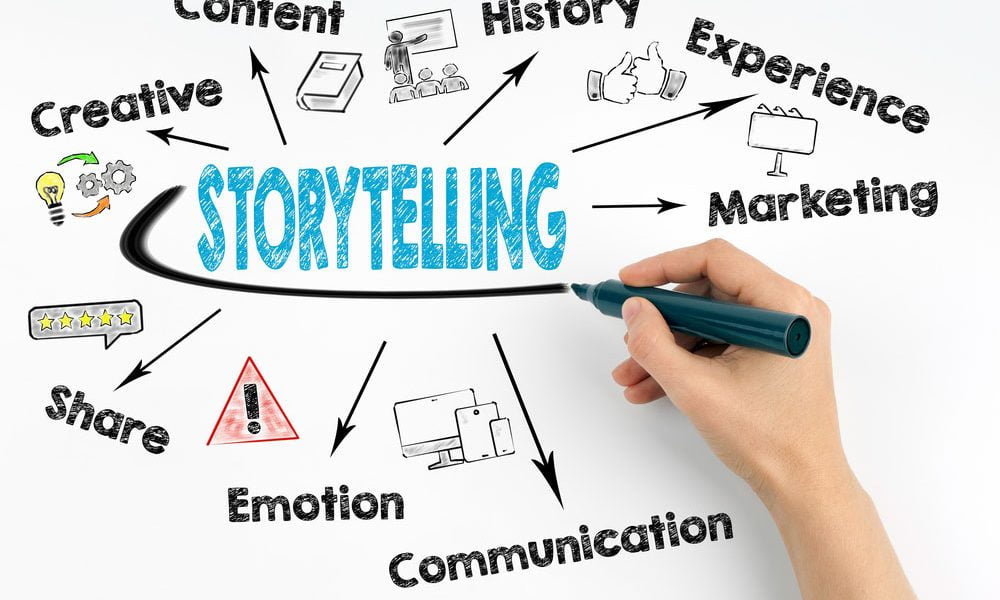Data visualization is the process of representing complex data in a visual and easily understandable format. With the increasing amount of data being generated every day, it has become crucial to find innovative techniques for presenting this data effectively. By using advanced visualization tools and techniques, businesses and organizations can gain valuable insights and make more informed decisions.
Why is data visualization important?

Data visualization plays a significant role in understanding complex data sets and communicating insights to various stakeholders. Here are a few reasons why data visualization is important:
- Improved comprehension: Visual representations of data are easier to understand than raw numbers or text-based reports. By using charts, graphs, and infographics, complex data can be simplified and comprehended quickly.
- Identification of patterns and trends: Data visualization allows us to identify patterns, trends, and relationships that might not be apparent in raw data. By representing data visually, patterns can be easily recognized, leading to more accurate analysis and decision-making.
- Enhanced storytelling: Visualizations can tell a story by presenting data in a narrative format. By using interactive visualizations, users can explore the data, uncover insights, and create compelling narratives.
- Improved data-driven decision-making: Visualizations enable decision-makers to understand complex data quickly and make data-driven decisions. By providing a clear and concise representation of data, visualizations help in identifying opportunities, risks, and areas of improvement.
Innovative techniques for data visualization
As data visualization continues to evolve, several innovative techniques have emerged to present complex data effectively. Here are a few:
- Interactive visualizations: Interactive visualizations allow users to explore data by interacting with the visual elements. Users can zoom in, filter, or click on specific data points to reveal more detailed information. This technique enhances user engagement and enables a deeper understanding of the data.
- Virtual reality (VR) and augmented reality (AR): VR and AR technologies offer immersive data visualization experiences. By wearing VR headsets or using AR devices, users can visualize data in three-dimensional space, enabling better spatial understanding and exploration of complex data sets.
- Storytelling with data: Storytelling techniques involve presenting data in a narrative format to engage and captivate the audience. By structuring data visualizations as a story, with a clear beginning, middle, and end, complex data becomes more relatable and memorable.
- Data sculptures: Data sculptures involve creating physical representations of data using various materials and artistic techniques. These sculptures provide a tactile and visual experience, allowing users to interact with data in a unique and tangible way.
These innovative techniques, along with traditional data visualization methods, offer exciting possibilities for presenting complex data in a more engaging and meaningful way. By leveraging these techniques, businesses and organizations can unlock the full potential of their data and gain valuable insights.












Comments